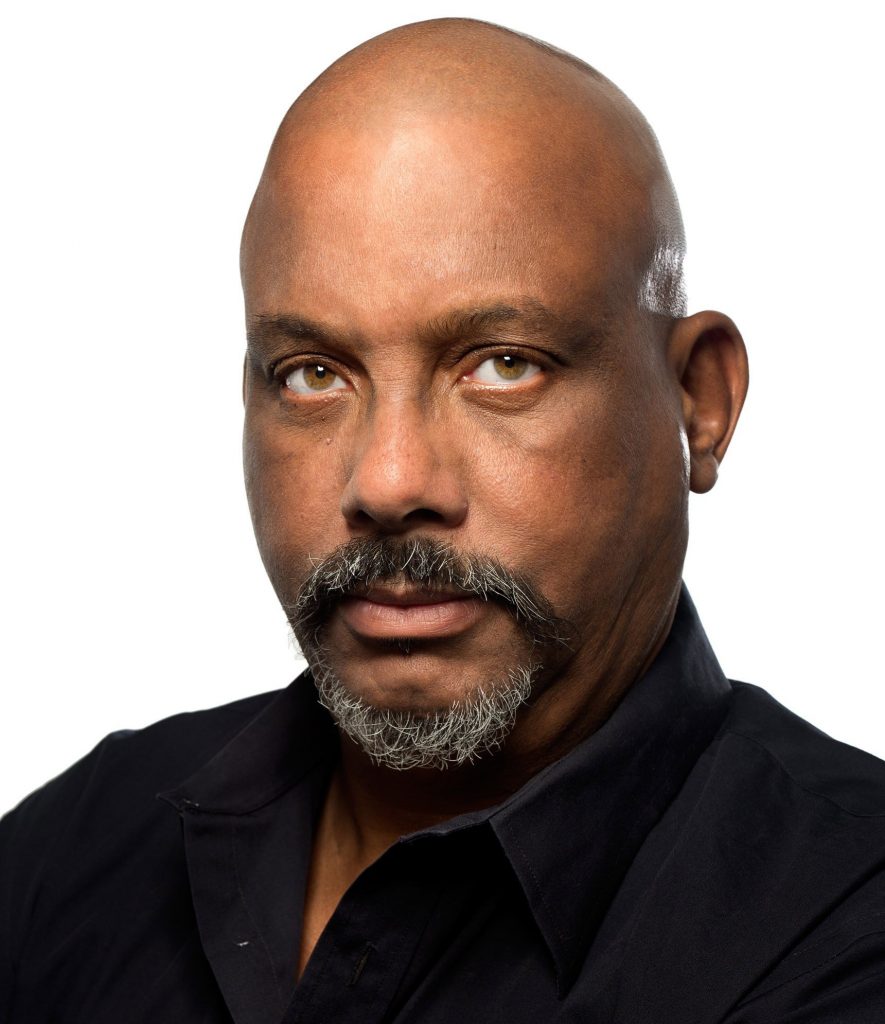A whole new (digital) world

With the success of the 2016 remake of The Jungle Book, Disney fully committed to a programme of live-action remakes of its best-loved musical hits for children powered by digital animation.
Disney has tried to do this for at least two decades, but the technology simply wasn't there to translate the fanciful worlds conjured by pen strokes and primary colours on animation cels into something that could pass as the real world. The company's first attempt was a 1994 remake of The Jungle Book that now just seems unnecessary.
Two years later, Disney tried again with 101 Dalmatians, which probably required a small army of hound handlers but soared on the over-the-top performance of Glenn Close as Cruella de Vil.
It wasn't until 2010 that Tim Burton's extrapolation on Alice in Wonderland made it clear that a marriage of strong source material, bold directorial vision, and inventive digital animation could create a plausible world made of bits. The company has wisely avoided the uncanny valley by using live actors alongside its digital constructs.
The robustly revisionist Maleficent and the enthusiastically celebratory Cinderella followed, leading up to Jon Favreau's Jungle Book, a film that set as much of a determining stamp on Disney's conceptually vacillating live-action universe as he did on Marvel's Iron Man, the film that's credited with setting the tone and direction for that company's cinematic versions of its comics line.
This convergence of the capabilities of realistic digital animation, the horsepower to render these worlds and characters in a realistic time frame, if not yet in real time, and the need to update aging stories created in an era with different limits on moral acceptability converged into a perfect storm of pixels.
Disney has scheduled a list of remakes of at least nine of its animated properties over the next few years, each of which will depend on a mix of story re-engineering, continuously improving digital savvy and a strong director's vision to pull off the transition from kiddie cartoon to big-screen blockbuster that justifies the cost of remaking these films in digital effects showcases.
The tweaks in The Jungle Book were minor, and hinged generally on Mowgli's relationship with the Red Flower and his fellow humans. Beauty and the Beast essentially stepped into each scene of the cel animated original, with sometimes hallucinatory consequences (the showstopper Be our Guest is particularly weird).
Dumbo completely refocuses the 64-minute 1941 film on the greed and haplessness of the humans in the circus business, and while you may not believe, in this reimagined story, that an elephant can fly (the pachyderm's aerodynamics are terrible), it provides good reasons why live animals in a performing circus are a terrible idea.
Aladdin finds Will Smith working hard to dispel the spectre of Robin Williams' defining Genie with mixed results. Disney stands to make billions in the wake of this new gold rush to turn old cel sheets into bits and get two bites of the lush cherries in its vaults. Much of the early buzz on The Lion King considered the many shot-for-shot reproductions of the 1994 animated film as digitally rendered live-action scenes.
Add to that the considerable wealth of stories in the Marvel Universe and the rich ores still to be mined (despite some dry bores) in George Lucas' Star Wars and we look set for at least a decade of the recycled, reimagined and extrapolated.
Which is fine for Disney, but where are the stories of today going to come from while the company goes full-on Uncle Scrooge with its existing intellectual capital?
Mark Lyndersay is the editor of technewstt.com. An expanded version of this column can be found there.


Comments
"A whole new (digital) world"